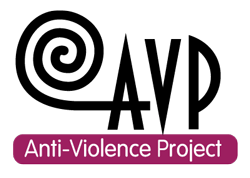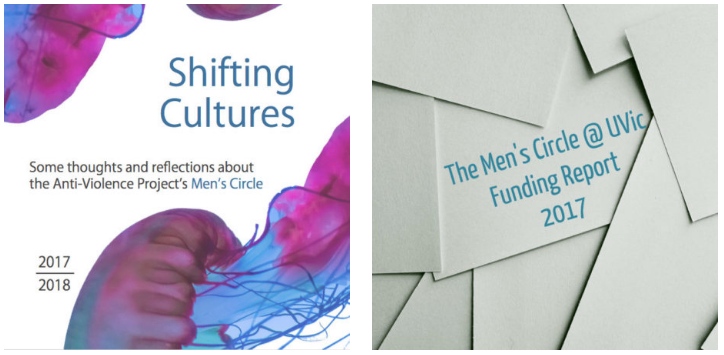Myths and Truths about Gender-Inclusive Washrooms
This list was originally written in 2014 in response to the proposed “Bathroom Bills” initiated in the United States, as well as the ongoing violence experienced by trans women and other trans folks. While some of the language is a bit outdated, the AVP team wanted to preserve this list as a reminder of the issues and conversations we’ve engaged in over the years.
Myth: Only those born as, and living as women are harmed by sexualized violence.
Truth: Sexualized violence is a term that includes bullying, making harmful and violent comments about someone’s body or their perceived sexuality, sexual assault (commonly thought of as rape), physical/ verbal/ emotional violence within an intimate relationship, discrimination and harassment through fear of ‘outing’ someone, and more.
Those who identify as or are perceived to be women face the majority of this violence. Additionally, anyone who does not seem to fit neatly into the male/female gender binary is also disproportionately targeted. Anyone who is trans, queer, non-binary, or gender-diverse/gender-variant is also further marginalized and overly targeted by this violence. Cisgender men are also harmed by sexualized violence, though at a less frequent rate overall than folks of other gender identities.
Myth: Washrooms and toilets are dangerous spaces where women may be harmed physically and/or sexually by strangers.
Truth: Although there is an element of isolation in public washrooms that increases the opportunity for physical crimes like mugging or stealing of personal property, sexualized violence itself is not normally a danger or risk in these spaces. Research shows that all forms of sexualized violence, unfortunately, occur (80 – 90% of the time) in familiar (home) or public surroundings (streets or parties), and are committed by people who are known to the survivor.
Myth: It makes people uncomfortable when a trans woman enters a women’s bathroom, or when a trans man enters a men’s bathroom.
Truth: Most of the time, people are not aware when someone who is transgender or not otherwise cisgender enters a room. People are uncomfortable, more often, when someone looks like they don’t belong in a space that has strict expectations of gender.
Myth: The problem of violence against trans, two-spirit and gender-diverse folks can be solved by offering them separate facilities and a space to organize and gather together.
Truth: Having separate spaces like bathrooms that are labelled or delineated as ‘for trans people’ actually decreases safety. Further, while separate spaces are a first step in creating safety at the present moment, everyone is safer when there are fewer expectations of what kind of person can use what space, especially based on appearances.







